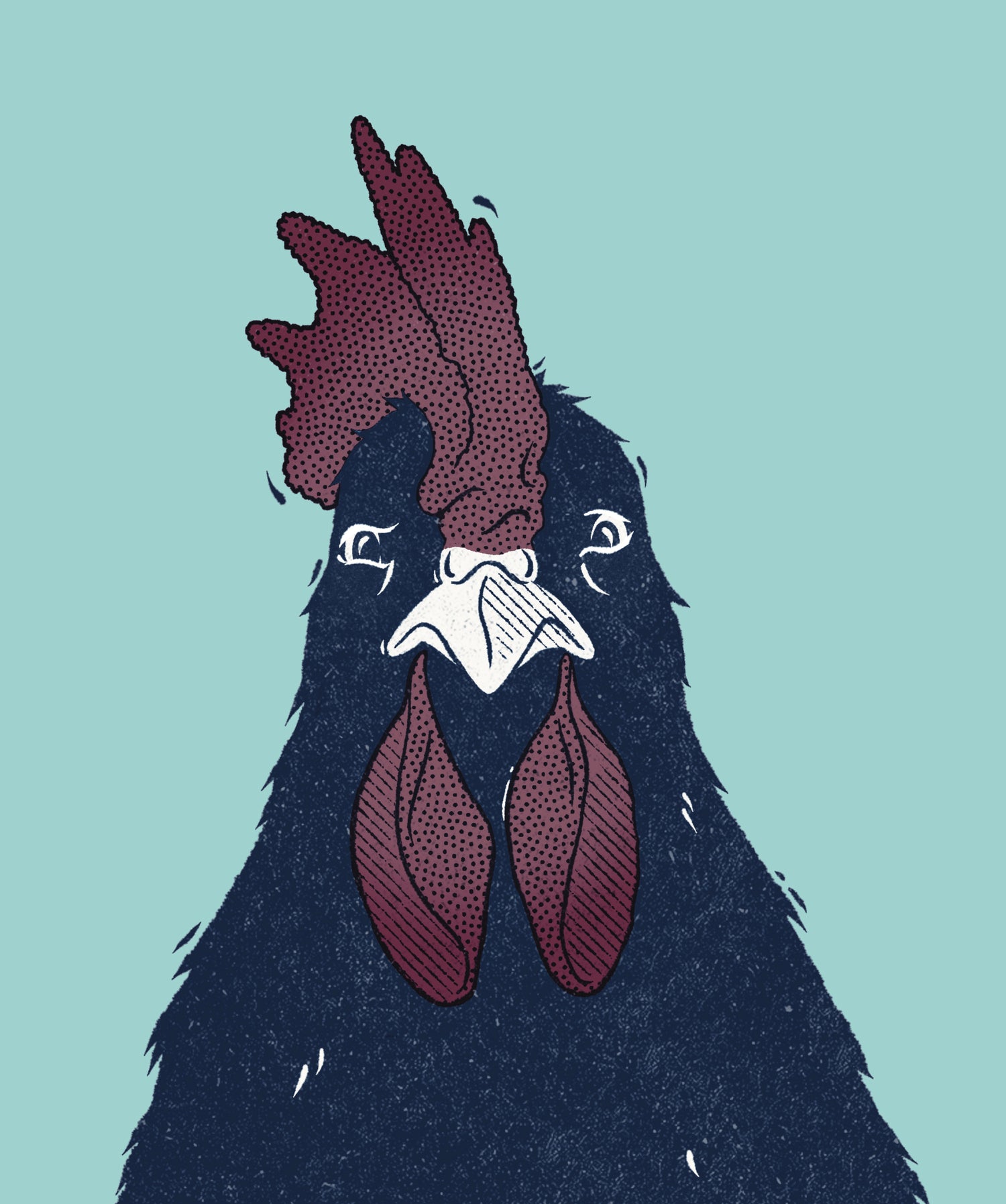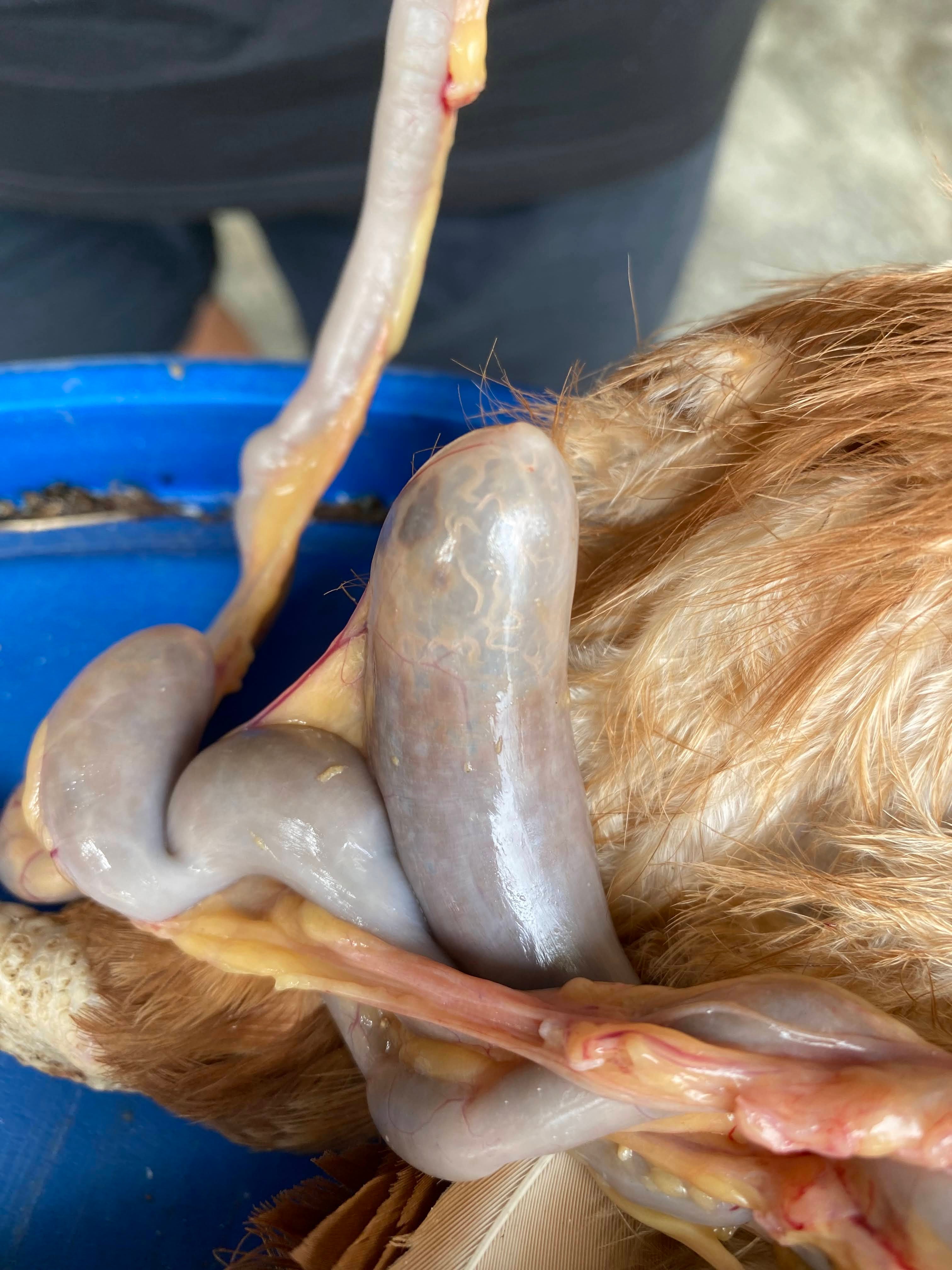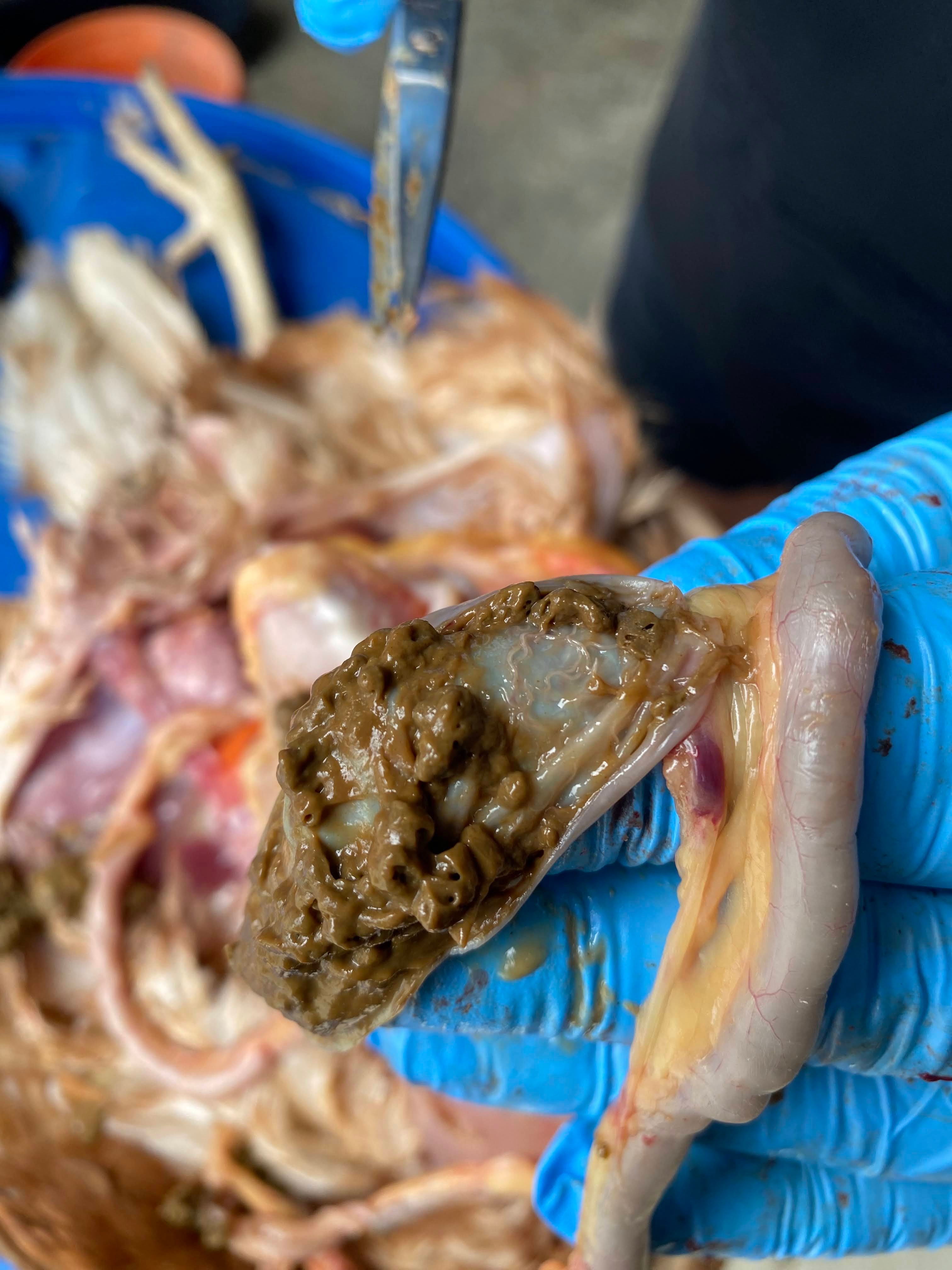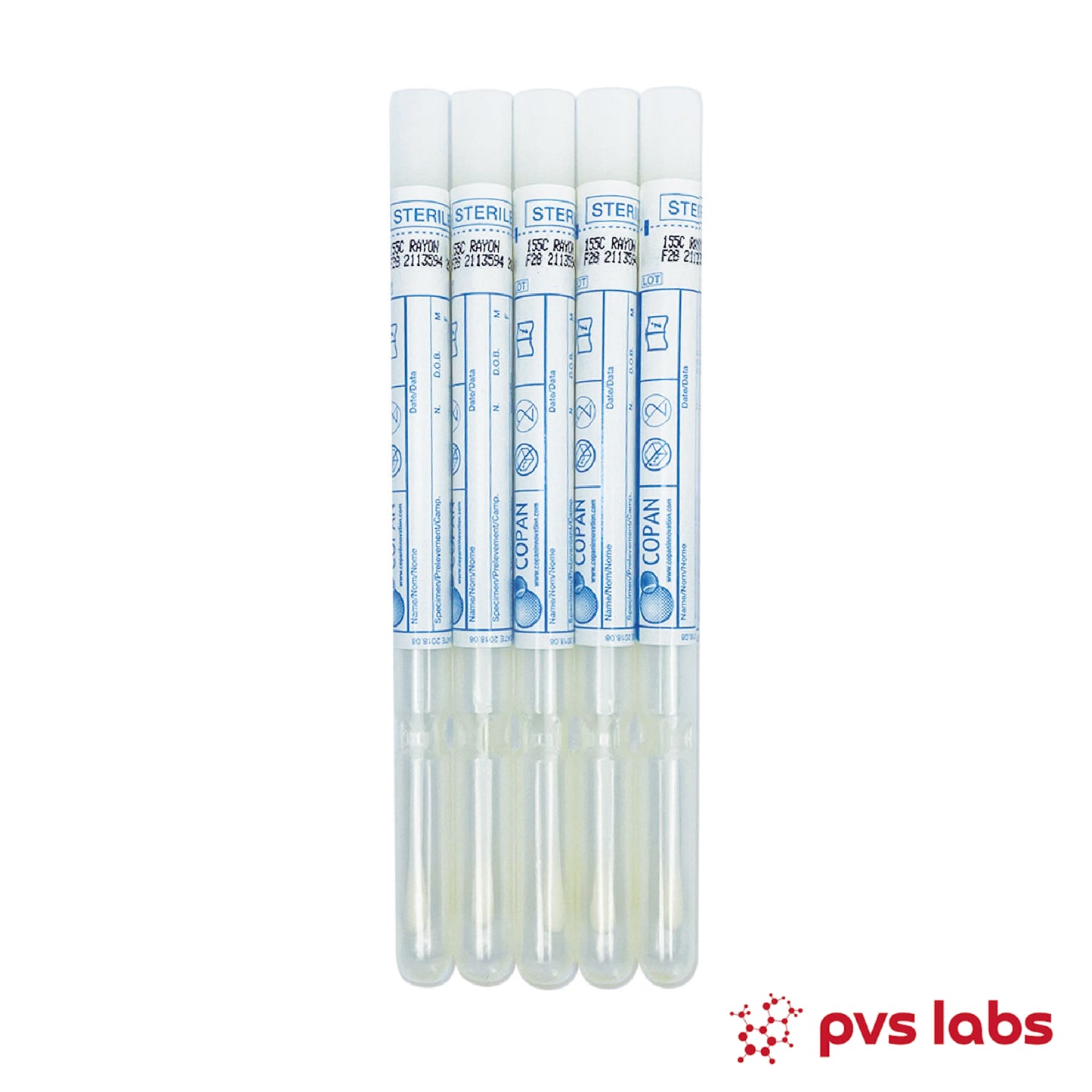

Histomoniasis (Black Head)
Histomoniasis, also known as blackhead disease, is a parasitic disease found worldwide, caused by the anaerobic protozoan Histomonas meleagridis. It primarily affects turkeys but can also infect chickens, game birds, and other poultry species.
The disease is characterized by severe inflammation and necrosis of the cecal mucosa, which can progress to transmural necrosis and the formation of necrotic luminal cores within the ceca. In more advanced cases, the infection spreads systemically, leading to necrotic hepatitis—severe liver damage with distinctive circular lesions.
Clinical Signs
-
Cyanosis (darkening of the skin, especially on the head)
-
Yellow, sulfur-colored diarrhea
-
Drooping wings and huddled posture
-
Foamy or bloody cecal droppings
-
Lethargy and depression
-
Reduced appetite and weight loss
-
Ruffled feathers
Transmission
-
Blackhead disease (Histomoniasis) in poultry is primarily transmitted through the following routes:
1. Ingestion of Cecal Worm Eggs (Heterakis gallinarum) The most common transmission route
- occurs when birds consume eggs of the cecal worm, which harbor Histomonas meleagridis (the protozoan that causes Blackhead).
- Cecal worm eggs can persist in the environment for months, making contamination a long-term issue.
2. Direct Ingestion of Infected Feces
- Birds can get infected by consuming droppings from infected birds that contain Histomonas meleagridis in its fragile form.
- This direct fecal-oral route is less efficient but still a possibility.
3. Consumption of Earthworms
- Earthworms can act as transport hosts by consuming infected cecal worm eggs.
- When poultry eat infected earthworms, they indirectly acquire Histomonas meleagridis.
4. Mechanical Transmission via Contaminated Equipment, Shoes, or Bedding
- The protozoan can spread through contaminated litter, soil, feeders, drinkers, and farm equipment.
- People can also unknowingly spread it via boots or tools when moving between infected and non-infected areas.
5. Close Contact Between Birds
- While less common, direct cloacal transmission can occur, especially in turkeys, where Histomonas meleagridis may spread through direct bird-to-bird contact.
Because of these multiple transmission pathways, strict biosecurity, worm control, and separating turkeys from chickens (chickens are carriers but often show mild or no symptoms) are critical in preventing outbreaks.
Warning: Graphic Content Below
Below: Heterakis gallinarum worms visible in the caeca during post-mortem examination, a key carrier of Blackhead disease in poultry.


Treatments
-
There are no officially approved treatments for Blackhead in many countries, including New Zealand. However, a combination of off-label medications, supportive care, and preventative management can help control the disease.
1. Off-Label Medications
While banned in many counties, some drugs have historically been used off-label for treating Blackhead:
- Metronidazole – Effective against Histomonas meleagridis, commonly used off-label in avian medicine.
- Ronidazole – Similar to metronidazole, effective against protozoal infections.
- Dimetridazole & Ipronidazole – Previously used but now banned in many places due to health concerns.
Since these medications are not always approved for poultry, prevention through worm control and biosecurity remains the best approach.
2. Effective Worming Agents for Heterakis gallinarum
Since Histomonas meleagridis (Blackhead) is transmitted via cecal worms (Heterakis gallinarum), controlling these worms is the most effective way to reduce transmission. The following wormers are effective against Heterakis gallinarum:
- Flubendazole – Preferred choice for poultry, kills Heterakis gallinarum and prevents Blackhead transmission.
- Fenbendazole – Broad-spectrum dewormer effective against cecal worms.
- Oxfendazole – Similar to fenbendazole, used in some poultry worming protocols.
- Levamisole – Primarily targets roundworms but also affects Heterakis gallinarum. Requires repeated treatments as it does not kill worm eggs.
- Piperazine – Works on roundworms and may reduce cecal worm load but does not kill eggs.
Regular worming, combined with pasture management, is essential to break the parasite cycle and prevent reinfection.
3. Gut Health and Immune Support
While no natural remedies cure Blackhead, some supplements may support gut health and immune function:
- Probiotics and Fermented Feed – Supports gut microbiome balance, potentially reducing pathogen colonization.
- Oregano Oil – Contains carvacrol, an antimicrobial compound with some antiparasitic properties.
- Apple Cider Vinegar (ACV) – Helps maintain gut health but does not directly treat Blackhead.
4. Supportive Care
Blackhead disease causes severe liver and intestinal damage, so supportive care is crucial for recovery:
- Isolate Affected Birds – Prevents further spread and allows for individual monitoring.
- Maintain Hydration – Provide clean water with electrolytes to prevent dehydration.
- Nutritional Support – Offer easily digestible, high-protein feeds such as scrambled eggs, fermented feed, or specialized recovery diets.
- Temperature Control – Keep birds warm in a dry, draft-free area.
5. Environmental Management and Biosecurity
Keep Runs Dry and Clean – Histomonas meleagridis thrives in damp environments. Use deep litter management or rotate pastures.
Separate Turkeys from Chickens – Chickens often carry Heterakis gallinarum without symptoms, while turkeys are highly susceptible.
Disinfect Equipment and Limit Cross-Contamination – Regularly clean feeders, drinkers, and boots to prevent spread.
Limit Exposure to Earthworms and Insects – Earthworms can carry Heterakis gallinarum eggs, contributing to the disease cycle.
There is no widely approved treatment for Blackhead in poultry. Worm control, biosecurity, and supportive care are key to management. Flubendazole, fenbendazole, oxfendazole, and levamisole help reduce Heterakis gallinarum, which spreads Blackhead. Metronidazole and ronidazole are used off-label but are not approved for food birds in many countries. Prevention is the best strategy.
Diagnosis
-

Diagnosing Blackhead can be challenging, as symptoms overlap with other diseases. A combination of clinical signs, post-mortem findings, and laboratory tests is used for confirmation.
1. Clinical Signs
- Lethargy, depression, huddling
- Reduced appetite and weight loss
- Sulfur-yellow diarrhea (not always present)
- Darkening of the head and skin (uncommon in chickens)
- Dropped wings, ruffled feathers
2. Post-Mortem Findings
- Necrotic liver lesions – Circular, yellowish areas of tissue death (hallmark sign).
- Thickened, inflamed caeca – Often filled with caseous (cheesy) material.
- Visible Heterakis gallinarum worms in the caeca.
3. Laboratory Confirmation
- Histopathology – Microscopic examination of liver and caecal tissue for Histomonas meleagridis.
- Direct Smear or PCR – Detects H. meleagridis in fresh caecal contents.
- Parasitology – Identifies Heterakis gallinarum eggs in feces (indicating risk).

PVS Labs
PCR Test - Histomoniasis (Blackhead disease)
Share



